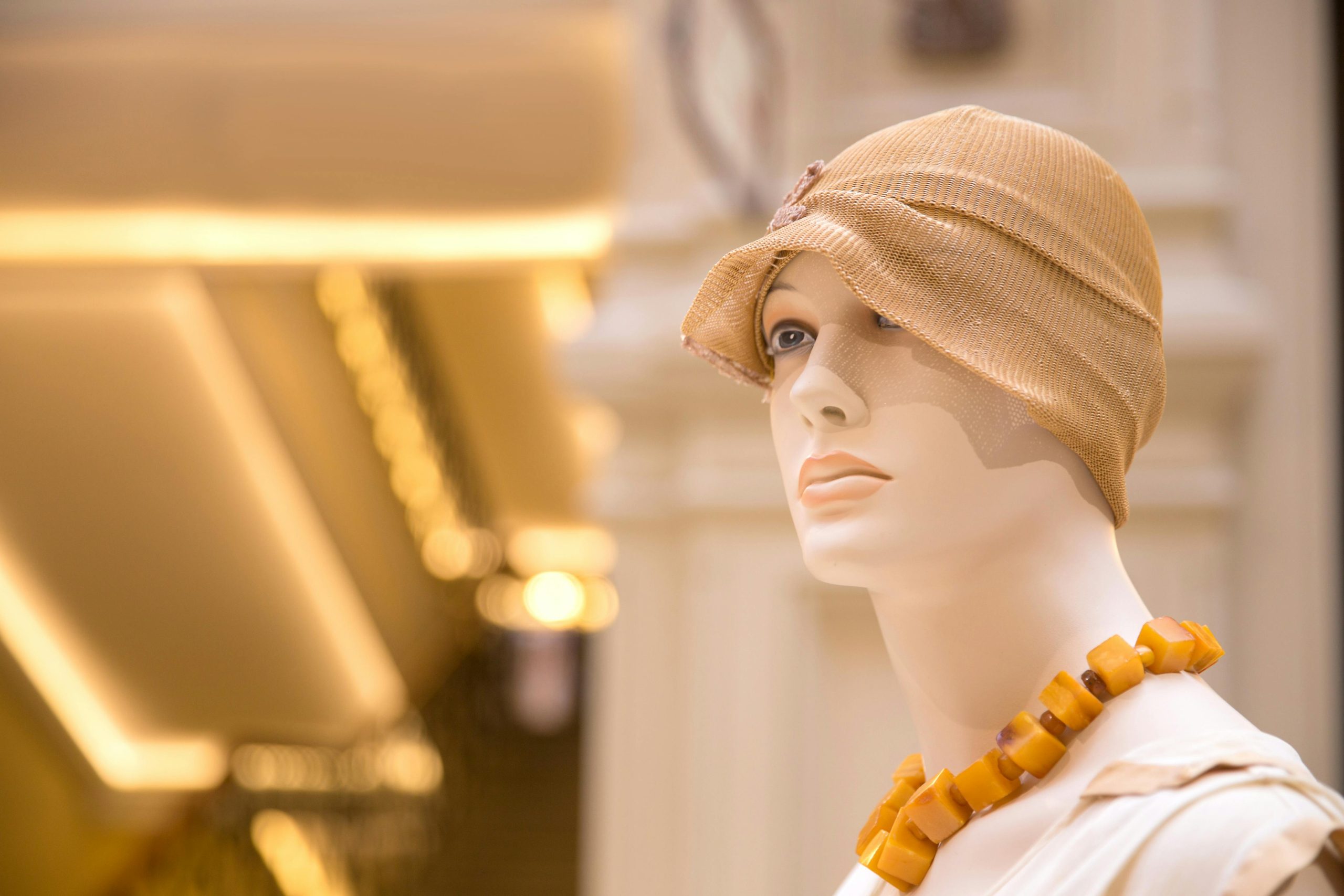Virtual Trial Rooms How AR is Redefining the Online Shopping Experience for Consumers
Did you know? India’s ecommerce market is one of the fastest growing in the world. It was valued at $46.2 billion in 2020 and is expected to go to $136.47 billion by 2026. This shows how huge online shopping has become and the potential it further has in the years to come. People today love the convenience of ordering stuff online and getting it delivered to their doorstep. With quick commerce becoming such a hit, consumers no longer step out to buy their groceries.
It’s almost been a decade since people are buying clothes online. For instance, they would see something online, zoom and see the details, and buy it if they really liked it. Once it arrived and if it didn’t fit well, they would simply exchange it. Brands and ecommerce websites soon realised that it became a problem as consumers started exchanging their products too frequently for size issues and if they disliked the product. Thankfully, a few years later, Augmented Reality (AR) came into the picture and changed the online shopping experience forever. Shoppers no longer had to worry about daunting fitting room lines or going to a store to try the product out. New technology has now made it possible to try your favourite shirt or dress on (virtually). This led to the advent of Virtual Fitting Rooms (VFR).
What is a Virtual Fitting Room?
As the name implies, a virtual fitting room is literally a dressing room in your device. It is a kind of technology that shows and visualises an outfit on you without physically trying or touching the items.
Virtual Fitting Rooms: How do they Work?
A virtual fitting room uses augmented reality and artificial intelligence. It gives you a chance to see how clothes look and fit on your body. The webcam on your device scans your body shape and creates a 360-degree, 3D model. Then, the selected item/product is placed on real-time images so that customers can check the size, style and fit of the product. Customers can actually see how the product will look on them. Also, this new technology is not just for clothes. Shoppers can also try out other apparel like shoes and beauty products like makeup without physically visiting a store. Isn’t that really cool?
A few retailers that have implemented virtual fitting rooms on their ecommerce platforms as well as retail stores are ASOS, Macy’s, Zara, Adidas, H&M and many other fast-fashion brands.
Virtual fitting rooms are not just an innovation. Instead, it’s a revolution. It makes the entire shopping experience fun. AR does not aim at replacing the conventional shopping experience. It only wants to make it more enjoyable and efficient.
The global fitting room market is expected to grow from $4.03 billion in 2022 to $14.87 billion by 2029. While some retailers are investing in virtual fitting room start-ups, some are creating their own software to do this. Think of it as a “try before you buy” program.
Benefits of Virtual Fitting Rooms
The adoption of virtual trial rooms powered by AR and AI spiked during the global pandemic. Here is how it is currently benefiting brands and retailers:
Boosts online sales
When consumers try a piece of clothing on and see how they look wearing it, they may be tempted to buy it. Virtual reality gives consumers the chance to try out apparel from the comfort of their home. If they feel like it is looking good on them, they will instantly buy it. This considerably boosts online sales. Also, online retailers have noticed a spurt in their sales ever since they’ve introduced virtual fitting rooms. Since it is a major investment for the retailer, it’s good if customers are embracing it positively.
Reduced return rates
High return rates are a logistic headache for fashion brands. 30% of the return rate in ecommerce shopping is due to the purchase of small-sized products. Virtual clothing fitting apps really help. It reduces the likelihood of customers returning the product.
Convenience
When customers shop in a store, 90% of them abandon their cart if they see a long queue outside the fitting room. Taking multiple sizes to the fitting room is also a task. Virtual fitting rooms eliminate all of this. Shoppers can simply walk towards a virtual mirror and try on clothes without changing what they’re originally wearing. Virtual trial rooms are not just restricted to online shopping. Even fashion retailers have started installing them so that they can manage traffic within their outlet on busy days.
Takeaway
As a fashion brand, if you want to succeed in modern retail, give your customers the virtual shopping experience they want. Queuing in front of a fitting room to try out a bunch of clothes is now passé. Virtual fitting rooms is surely the way forward.
Since the world of fashion is witnessing changes and new trends every now and then, a lot of students are considering a career in fashion design. On completing a BSc in Fashion and Apparel Design, you can choose from a gamut of careers such as retail merchandiser, virtual fashion designer, textile designer, fashion marketer and so on.




